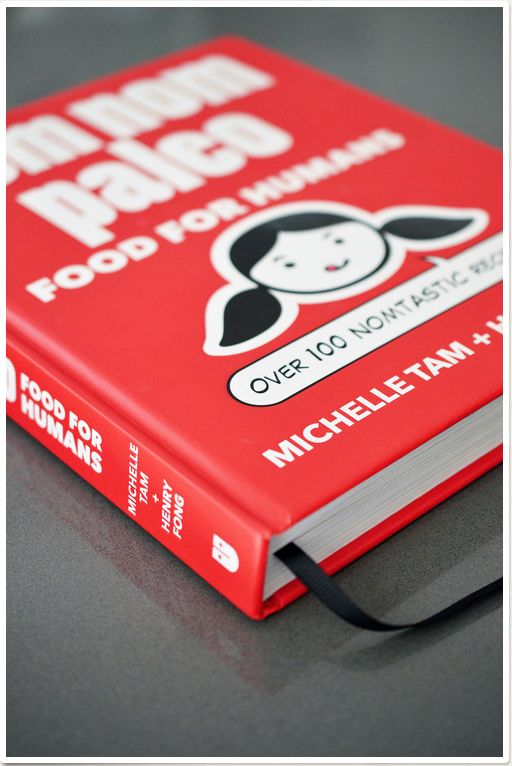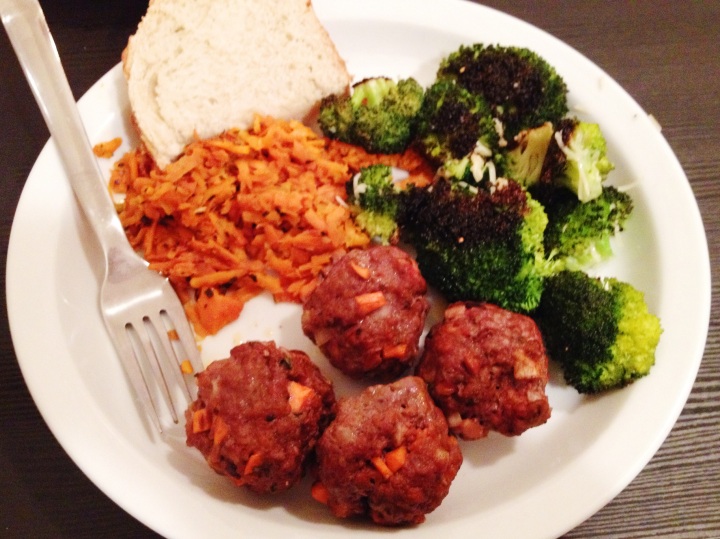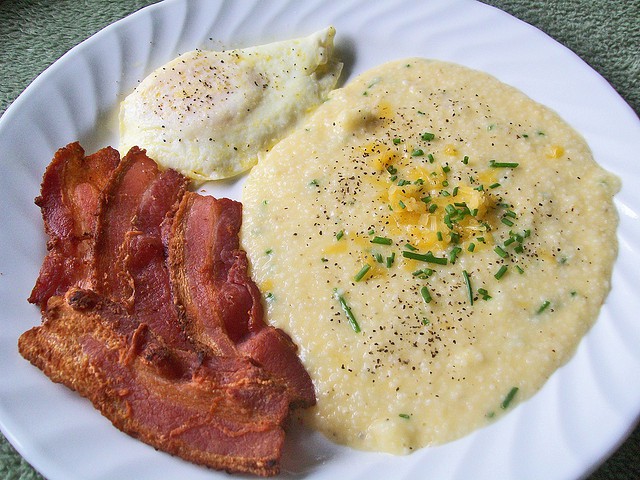Here at the J. Watwood household, we’re continuing our detox from Thanksgiving – slash – prepping for some diet changes come the new year.
Two years ago, Joanna and I did “The Whole 30” diet for the month of January. We honest-to-goodness didn’t cheat either. It was one of the toughest, most rewarding lifestyle challenges I’ve ever done. If you’ve ever tackled The Whole 30, you’ve got my respect (insert digital fist bump here).
If you’re not familiar with The Whole 30, you’ll probably start hearing a lot about it come January 1. It’s similar to “Paleo,” which might be recognizable to more people. Basically, with The Whole 30, your diet focuses on meats, veggies and fruits – or whole foods. Dairy, grains and added sugars are out. And yes, that means beer, too.
The point of The Whole 30 is to “reset” your stomach, then once the 30 days have passed, to slowly start to add dairy, grains and some sugars back in. When done correctly, the add-in process should clearly show you which foods your body isn’t designed to handle. This can help people who might have a gluten intolerance, for example, but never knew it, discover a diet that dramatically improves the way they feel day-to-day.
As you can imagine, a common side effect of The Whole 30 is weight loss. Joanna and I both lost close to 25 pounds each the first time we did The Whole 30. Starting the year off with such a dramatic diet change helped us lose the pounds gained during the holidays, but more importantly – in my opinion – it helped us start the new year off with something that required serious discipline and focus, which had an impact on the way we chose to live out the rest of the year.
We did a modified version of The Whole 30 last January, eliminating bread and sugar for the month, but keeping dairy in the mix.
We plan to start off 2015 in a similar way.
One of the toughest parts of The Whole 30 was the lack of readily-available meal choices. We felt as though we were eating the same thing all the time. For instance, I love hard-boiled eggs, but I quickly hit an egg-eating wall during The Whole 30 and just couldn’t stomach another one. Sadly, I even got to the point where bacon – one of the saving graces of The Whole 30 – was no longer appetizing.
 Getting ready for January, I started researching some The Whole 30 or Paleo-style recipes to see what was available. Happily, I stumbled upon Michelle Tam’s awesome blog Nom Nom Paleo, which has a whole section devoted to The Whole 30 recipes. All of the food on her blog looks awesome, and I’m quickly discovering that it all tastes good, too. Oh, and she has her own action figure, which is super cool.
Getting ready for January, I started researching some The Whole 30 or Paleo-style recipes to see what was available. Happily, I stumbled upon Michelle Tam’s awesome blog Nom Nom Paleo, which has a whole section devoted to The Whole 30 recipes. All of the food on her blog looks awesome, and I’m quickly discovering that it all tastes good, too. Oh, and she has her own action figure, which is super cool.
I tried her sweet potato hash recipe for breakfast earlier in the week, and it tasted great. Then, tonight, we had her Asian Meatballs. Delicious!
Michelle even has a cookbook that I”m hoping to get my hands on this Christmas. It’s titled Nom Nom Paleo: Food for Humans.
Here’s my rendition of her Asian Meatballs recipe, modified using ingredients I either had in the pantry or could find at the grocery store:
Healthy Asian Meatballs (recipe borrowed from Nom Nom Paleo)
• 2 pounds ground beef
• 1 container Shitake mushrooms, finely chopped (should yield between 1 and 1 1/2 cups)
• 3/4 cup finely chopped sweet potatoes (word to the wise, chop these super fine or they won’t cook through completely and your meatballs will be crunch!)
• 1/4 white or yellow onion, minced
• 2 tablespoons fresh or dried cilantro
• 2 tablespoons tomato paste
• 1 1/2 tablespoons fish sauce
• 1 teaspoon pepper
• 1 teaspoon salt
Pre-heat oven to 375. Lay out a sheet of tin foil on a large cookie sheet (preferably with rimmed edges, instead of the flat “air-bake” sheets).
Mix together mushrooms, sweet potato, onion and cilantro in a small bowl. Add in ground beef, tomato paste and fish sauce. Season with salt and pepper.
Mix together with your hands, sort of like how you’d mix together the ingredients for a hamburger patty. Once combined, roll small meatballs from the mixture, roughly the size of a golf ball. The mixture should yield a lot – 20 or more.
Bake for 15-20 minutes, then serve warm. Best enjoyed with a side of roasted broccoli with parmesan and lemon!

Asian meatballs with sweet potato hash and roasted broccoli





 Grits sum up Southern culture perfectly.
Grits sum up Southern culture perfectly.